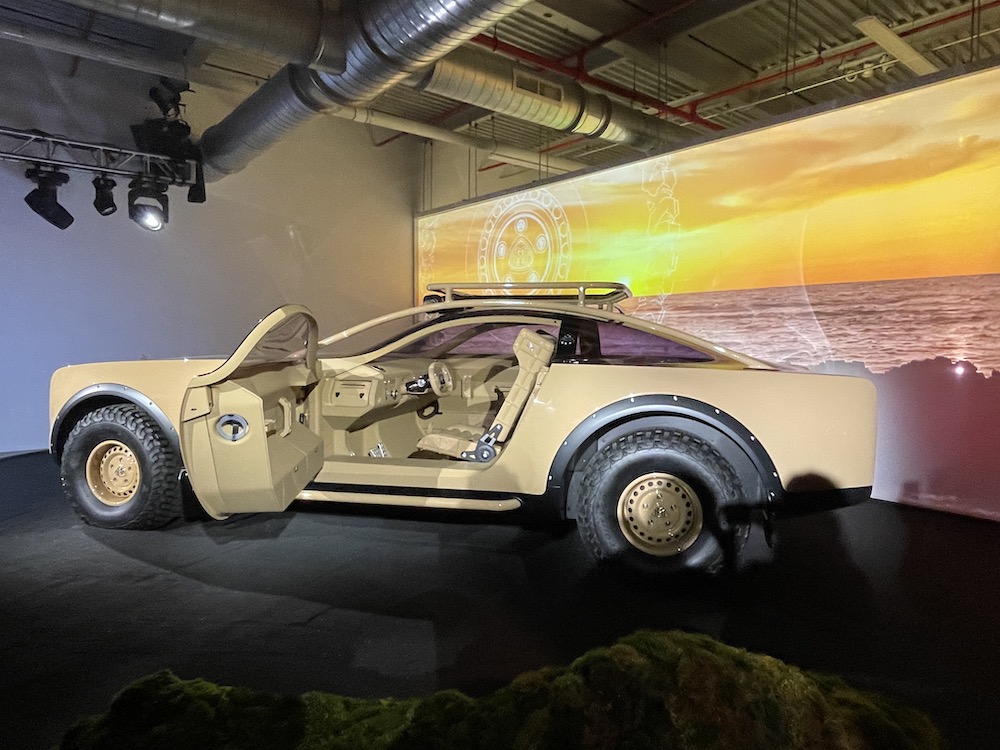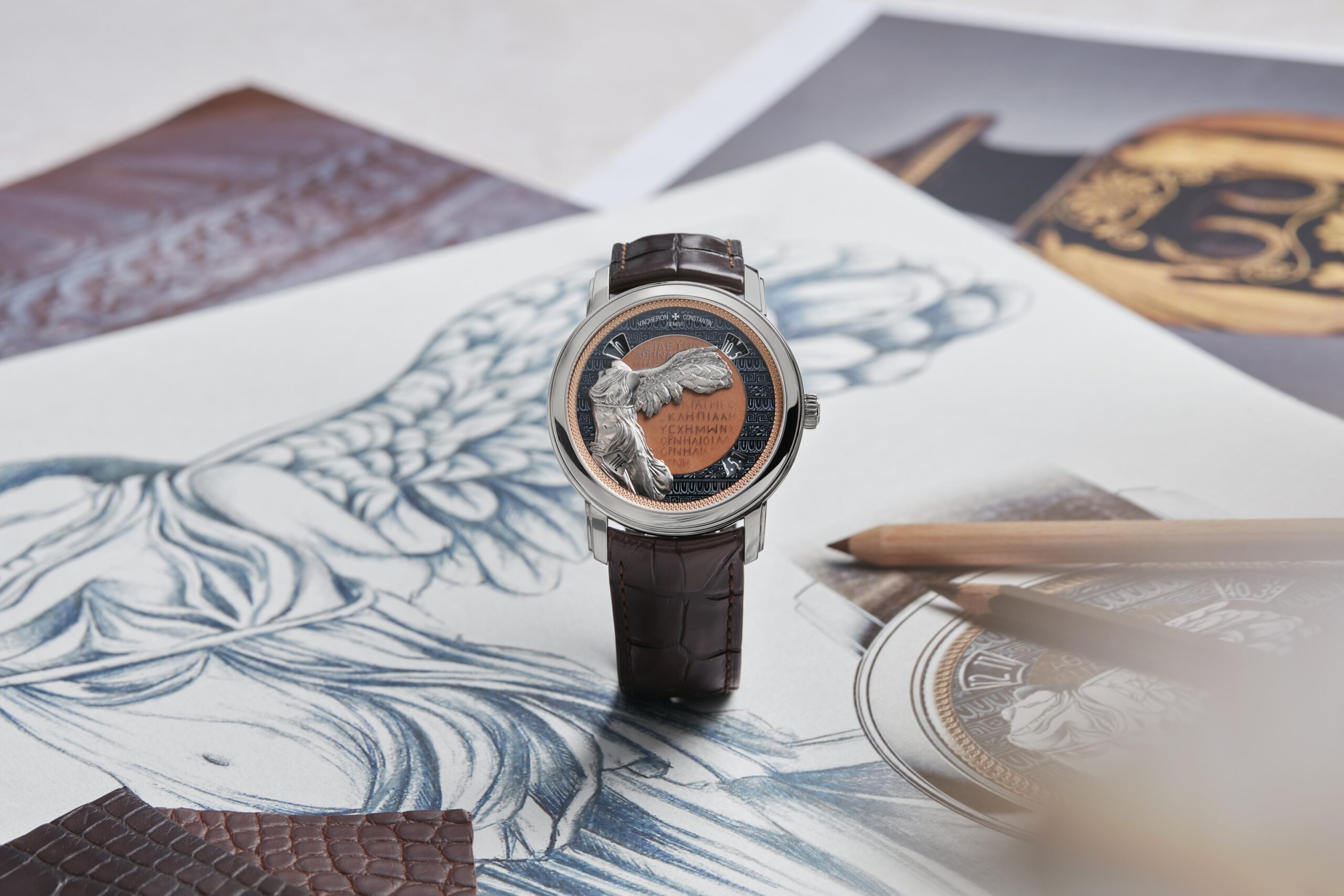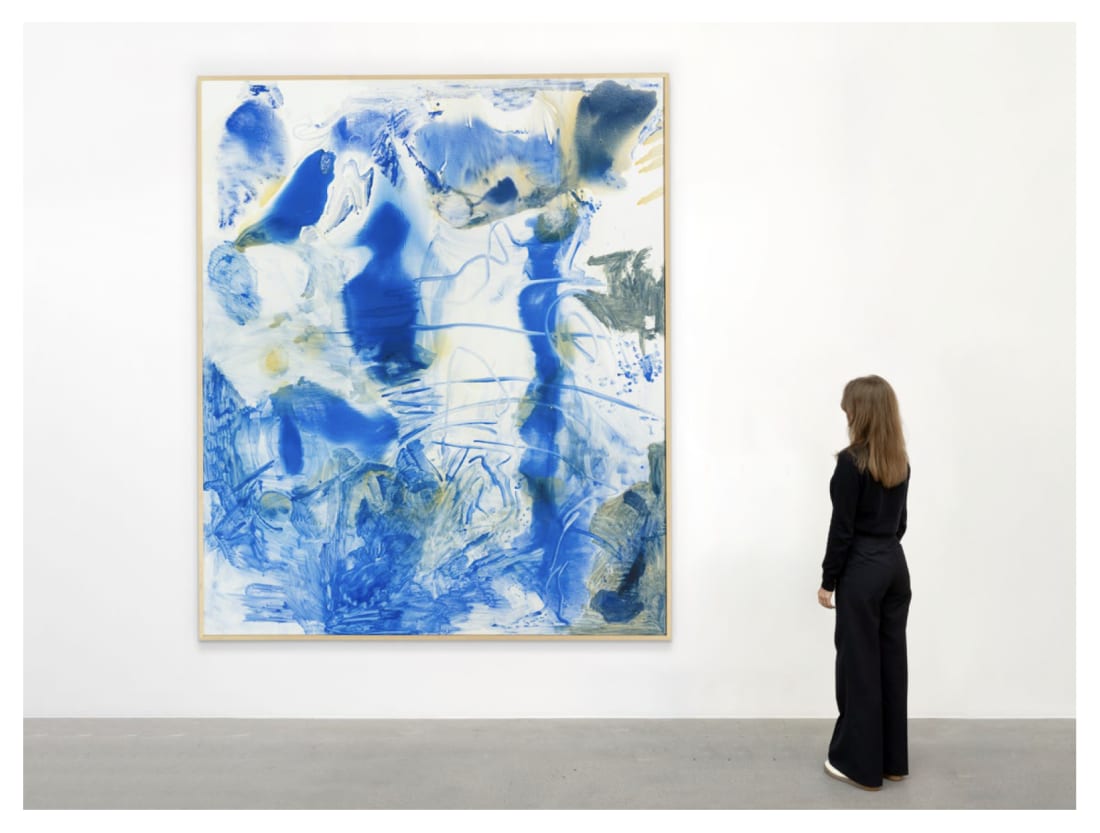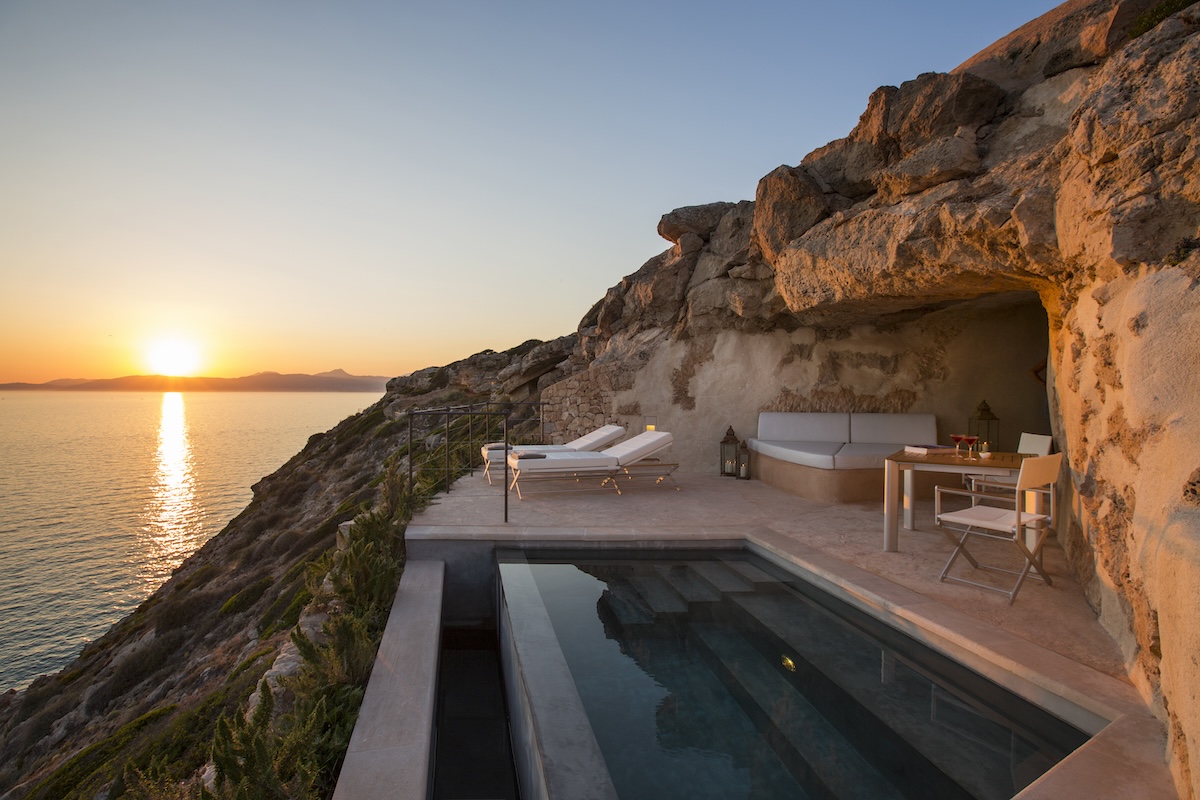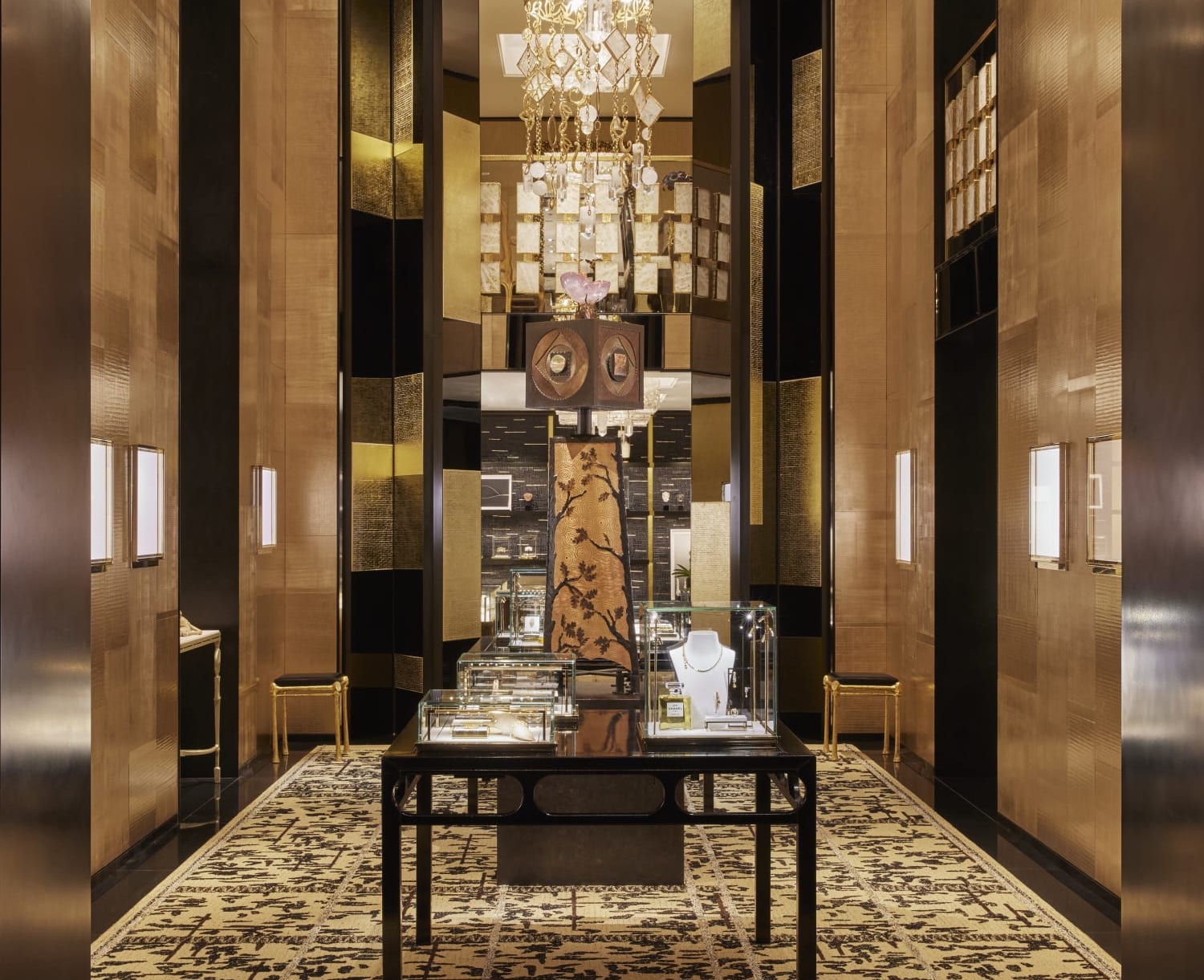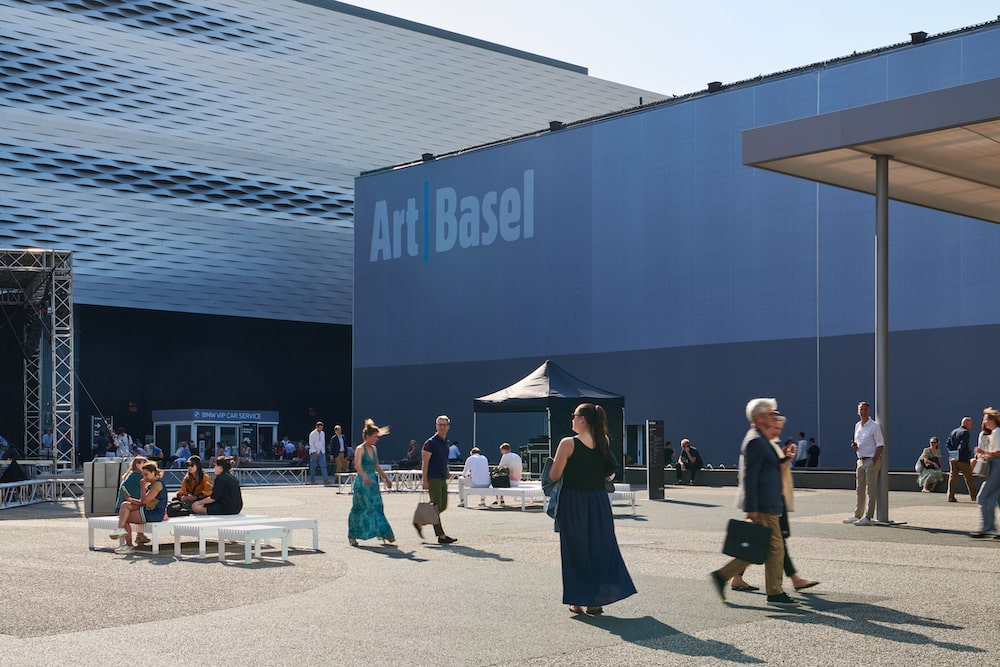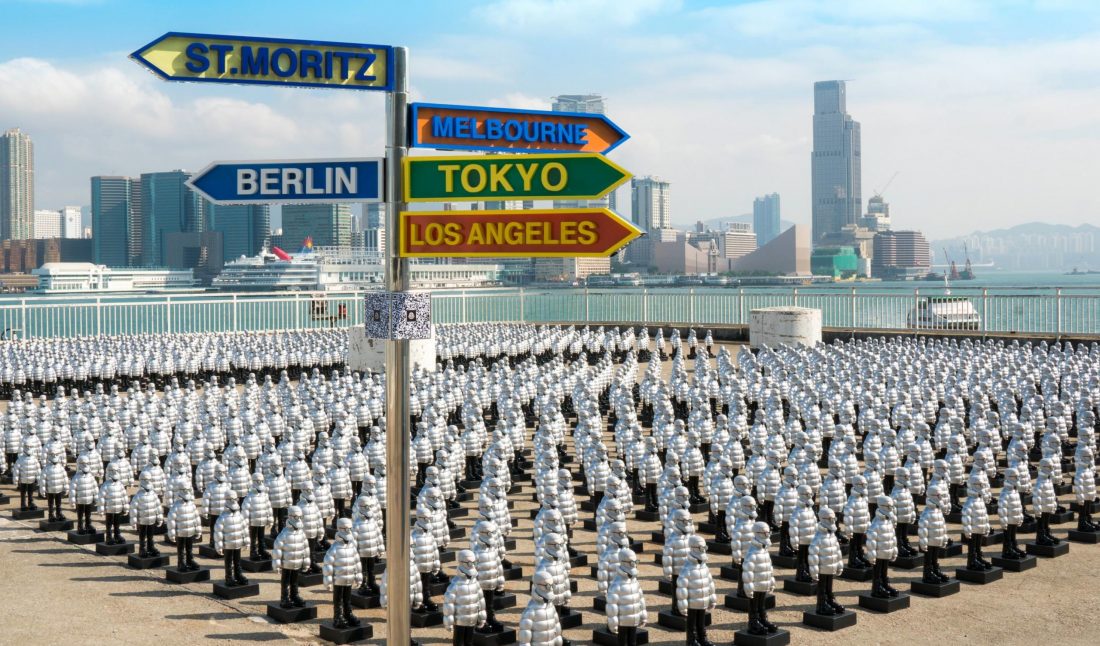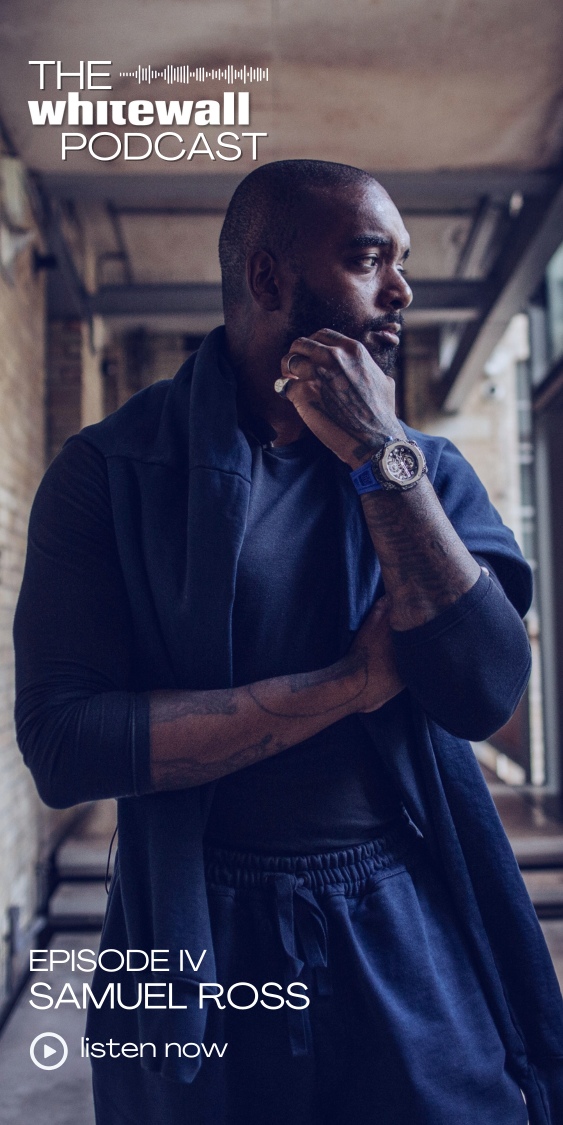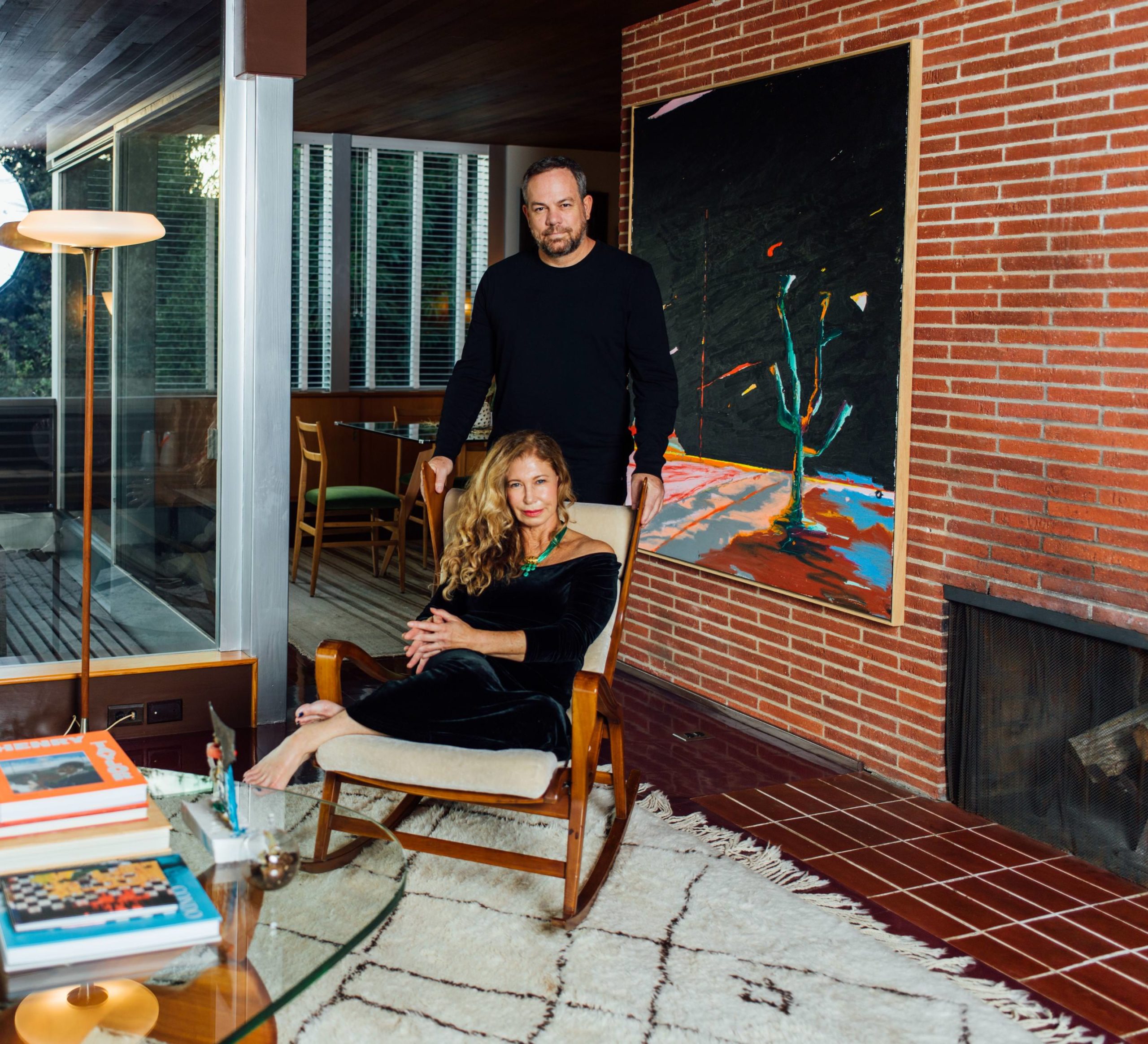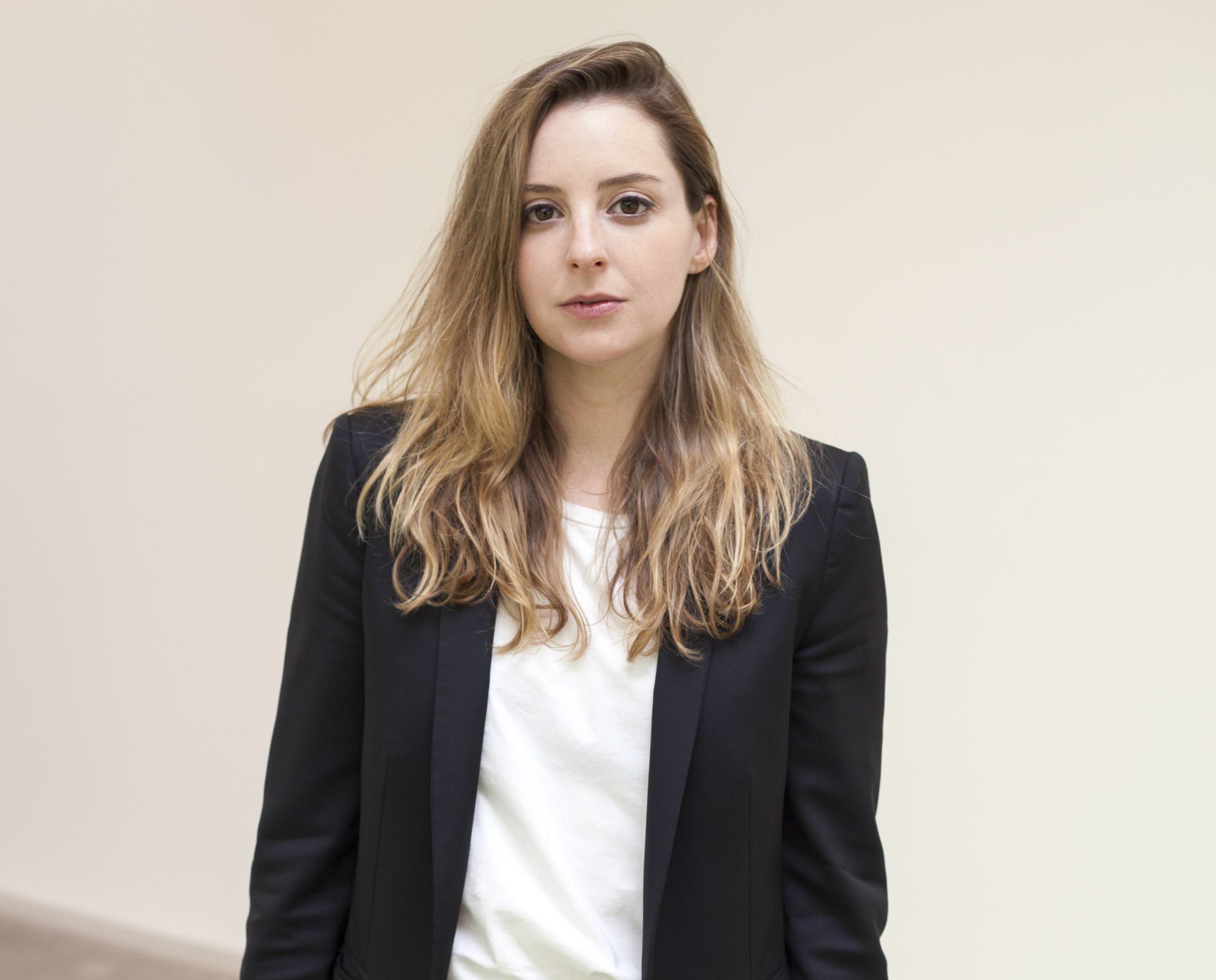Moncler has an effortless way of pioneering new ideas and staying unforgettably relevant in our ever-changing world. The brand eloquently presents new collections, new collaborations, and new store openings what seems like regularly (with its newest store opening in Florence last on December 6). On November 16 in Hong Kong, as well, it reopened its flagship on Canton Road in Harbour City—and this time with a celebratory interactive installation in collaboration with Brooklyn-based street artist Craig Costello.
Most notably known for his drip paint artworks, Costello created 12,000 Mr. Moncler statues that stand 19 inches tall to celebrate the brand’s symbolic ambassador. Groups of the figurines were presented in precise rows at five different locations around the city, and after the performance, guests were invited to keep a statue of their own. 350 of them were personalized by the artist, and placed at random within the groupings, doubling as a collectible item to cherish.
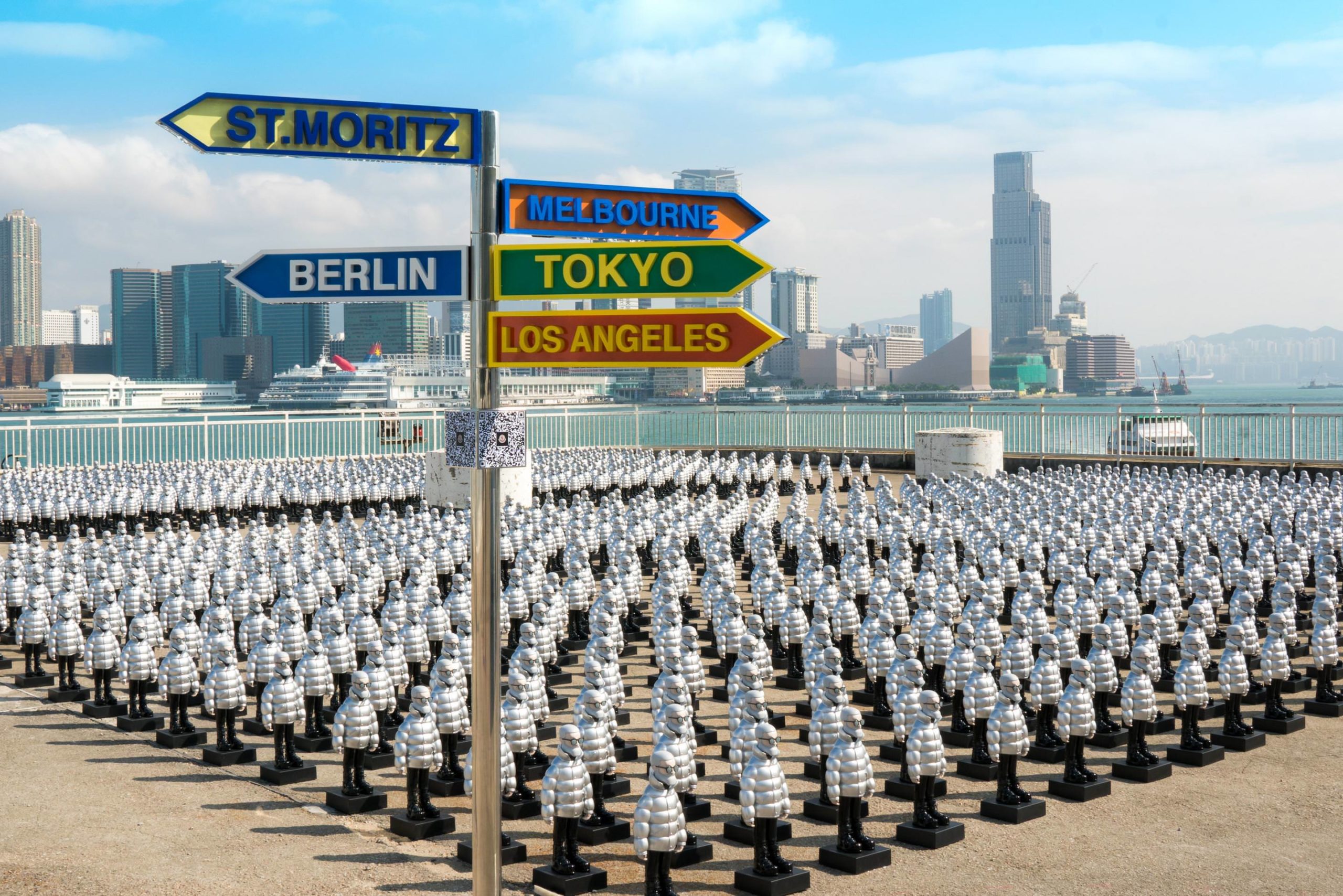 Courtesy of Moncler.
Courtesy of Moncler.
“For this project, we discussed options and ideas, as many things have to be figured out on the logistical side, and planned,” said Costello. “Moncler was very open, and this is always the best when working with brands.”
To learn more about his art start, Whitewall spoke with Costello.
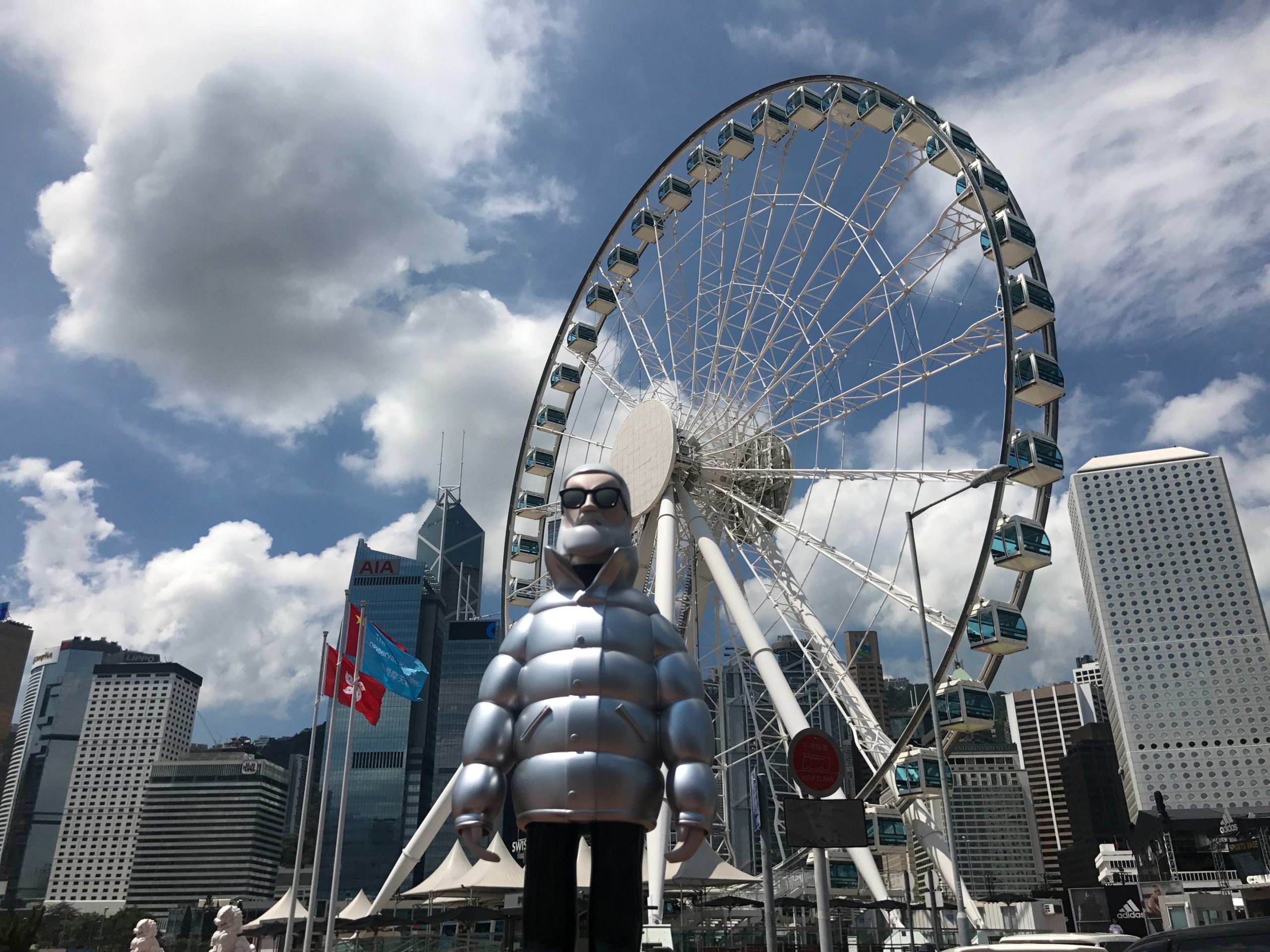 Courtesy of Moncler.
Courtesy of Moncler.
WHITEWALL: What was your first art piece? Tell us about that.
CRAIG COSTELLO: That’s a tricky one. Consciously attempting to make “art” would be in photography. But really, this is student work—being heavily influenced by the new things I was exposed to in museums, galleries, books, and culture. I photographed a lot of things around me, like graffiti, and I think this had a documentary or journalistic feel. Photos of friends, painting at night shots with a flash in black and white—those are from around 1988-89.
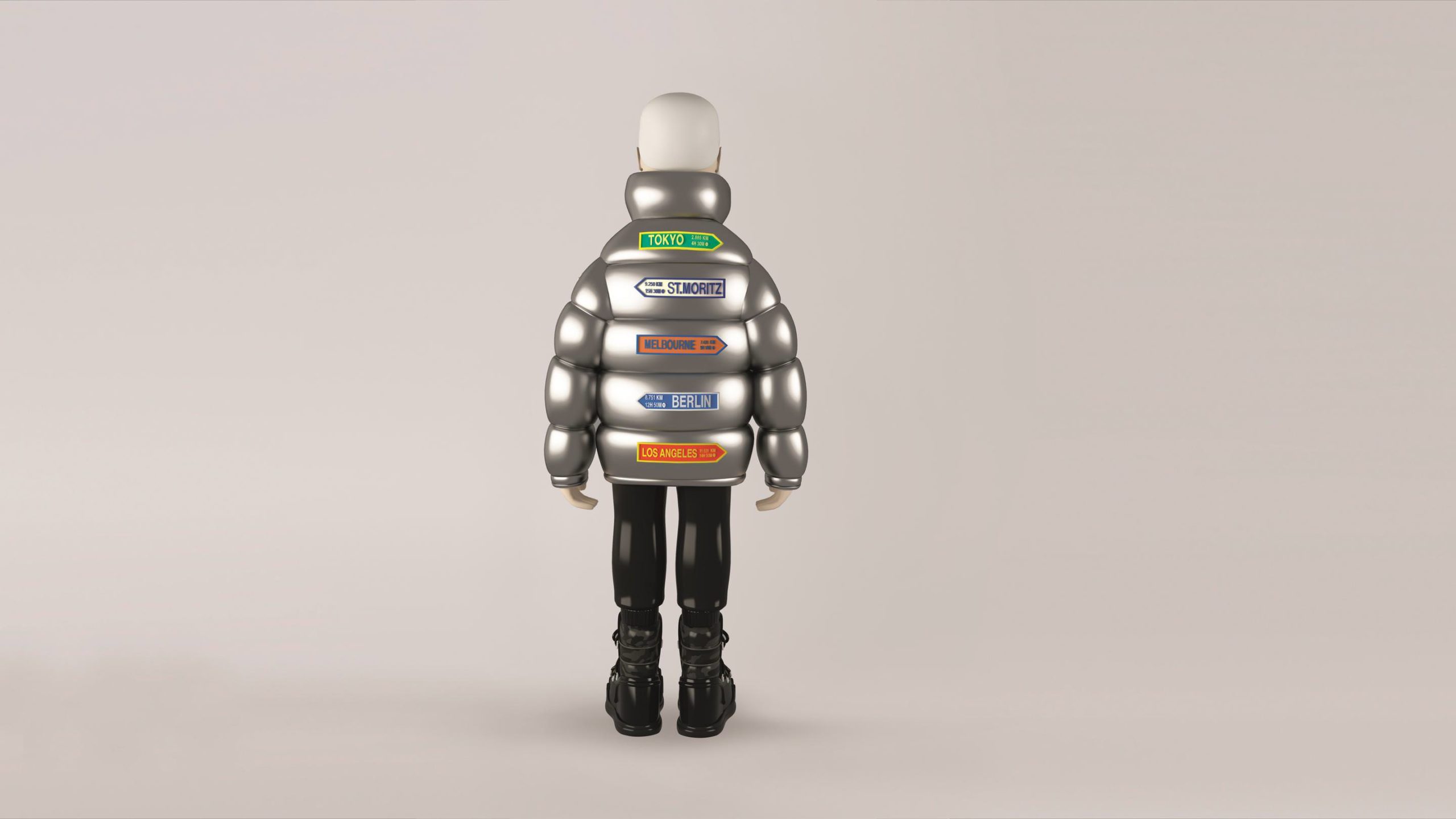 Courtesy of Moncler.
Courtesy of Moncler.
WW: How has your practice evolved or stayed the same?
CC: The creation of unique tools has been consistent. Evolution is from street, to branding, to art. Many pieces coming together; the information coming from the same place, but applied across a variety of uses.
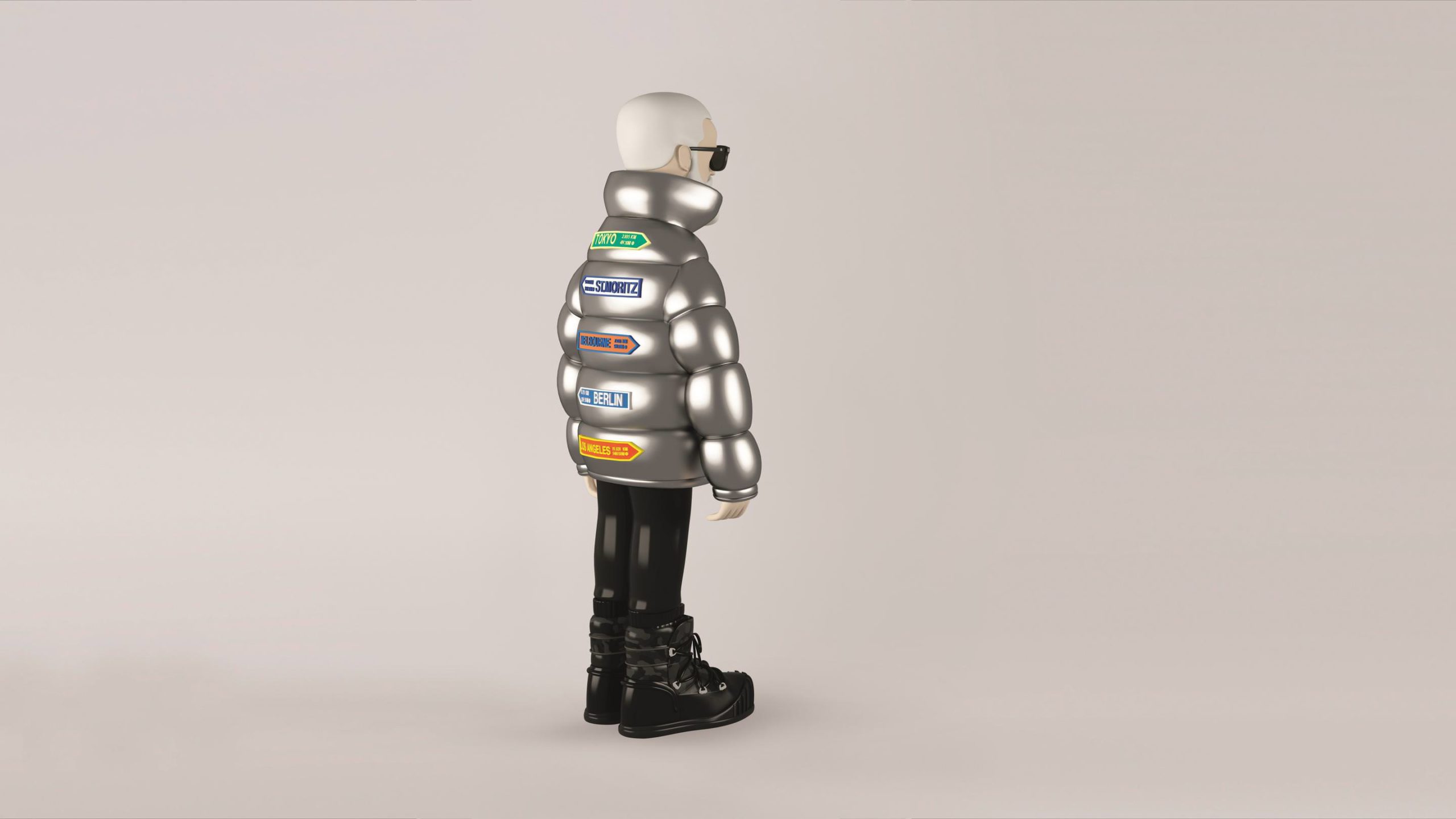 Courtesy of Moncler.
Courtesy of Moncler.
WW: How do you feel about being an artist today?
CC: It’s so challenging to navigate the world of promotion. Creating is just one aspect, and of course should be the main focus, but there is another side that people aren’t always aware of and that is the social, promotional, and commercial side of things. All very important.
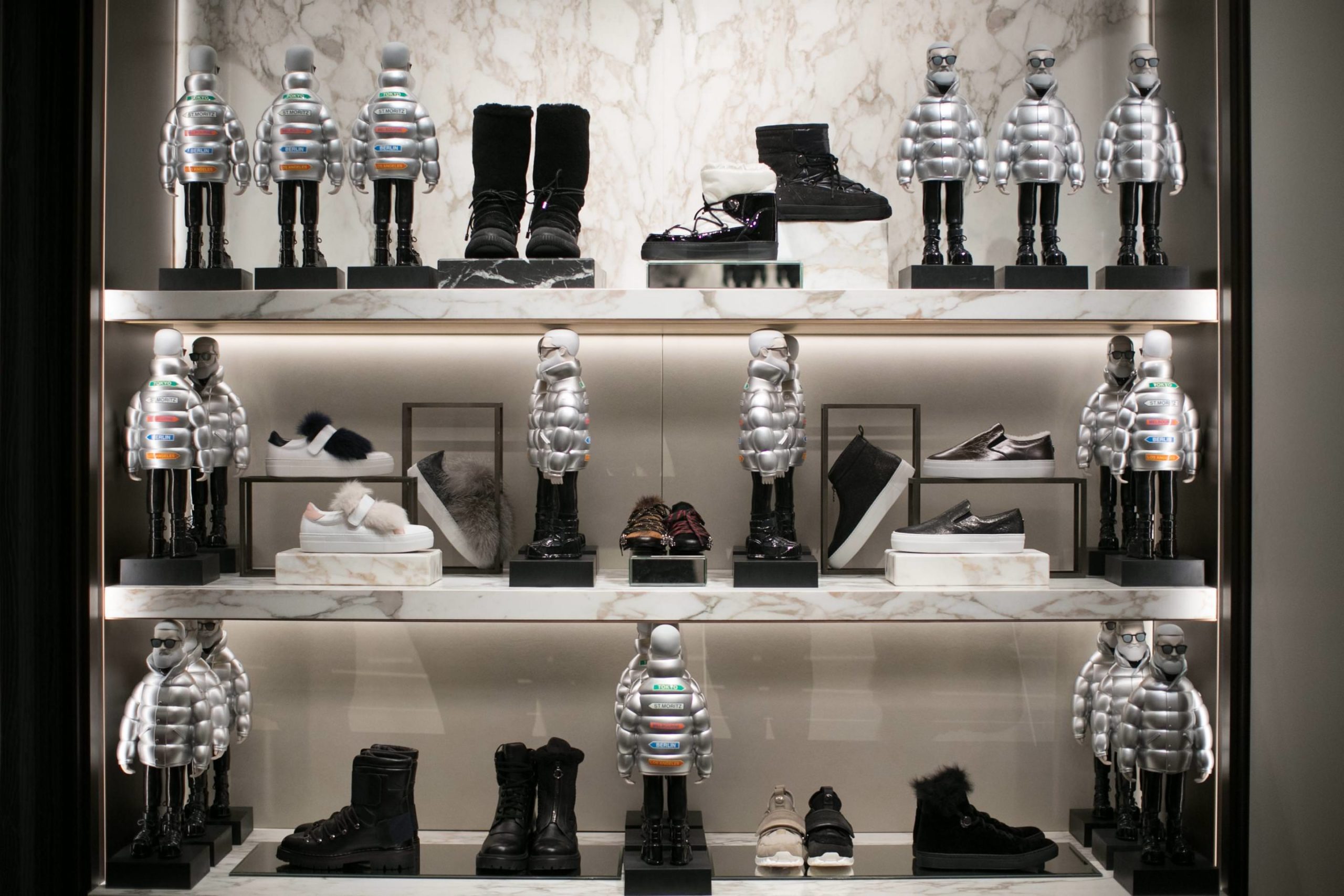 Courtesy of Moncler.
Courtesy of Moncler.
WW: What has been your favorite city to create a piece for thus far?
CC: I enjoy traveling and experiencing different cultures, meeting new people, etc. Those experiences play a big part in the overall project. I can’t choose just one! São Paulo, Brazil—the space was amazing, the city is so raw, and the graffiti is incredible in scale. It’s a crazy experience, and not for everyone, but I’m happy to have visited. Rome was amazing to see. So many beautiful and historical works—sculpture, painting, and architecture. All incredible. Plus the food and the people! It’s an amazing city. Two very different experiences and places.
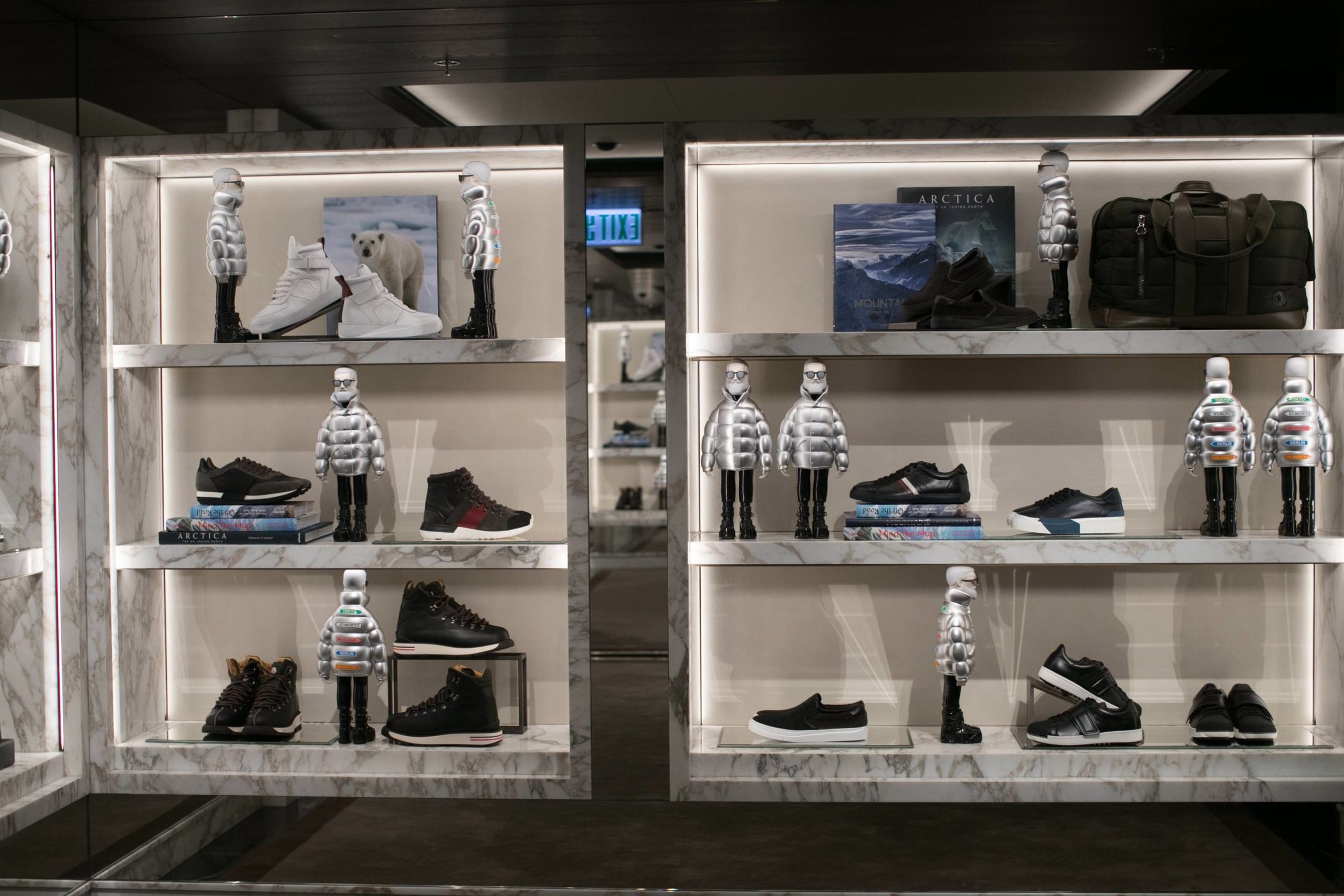 Courtesy of Moncler.
Courtesy of Moncler.
